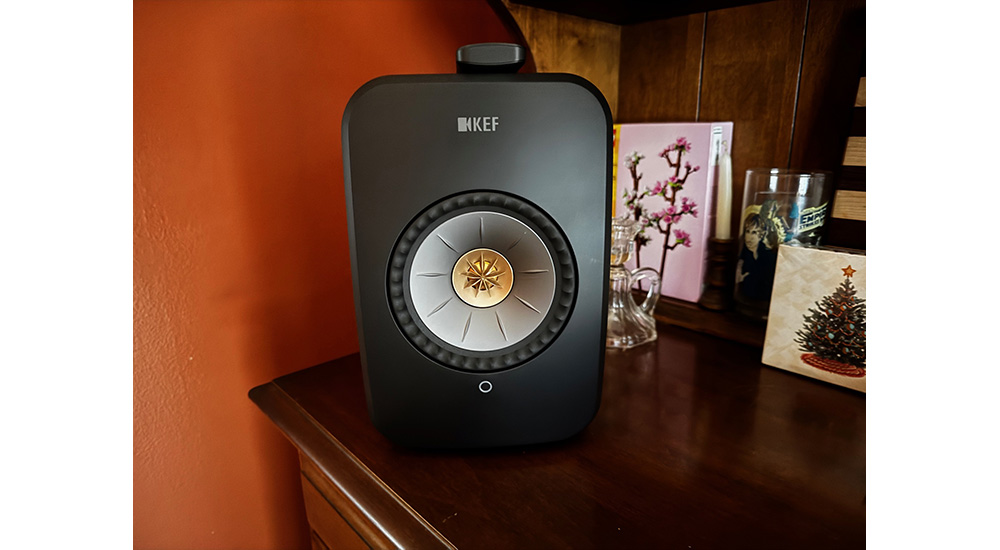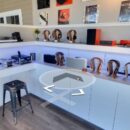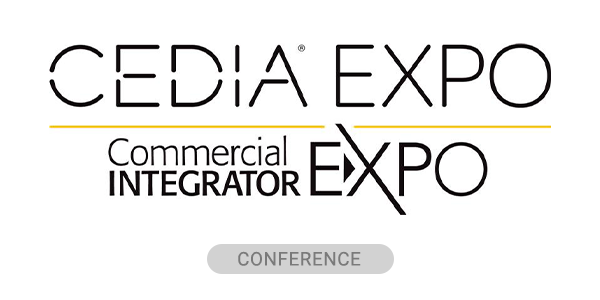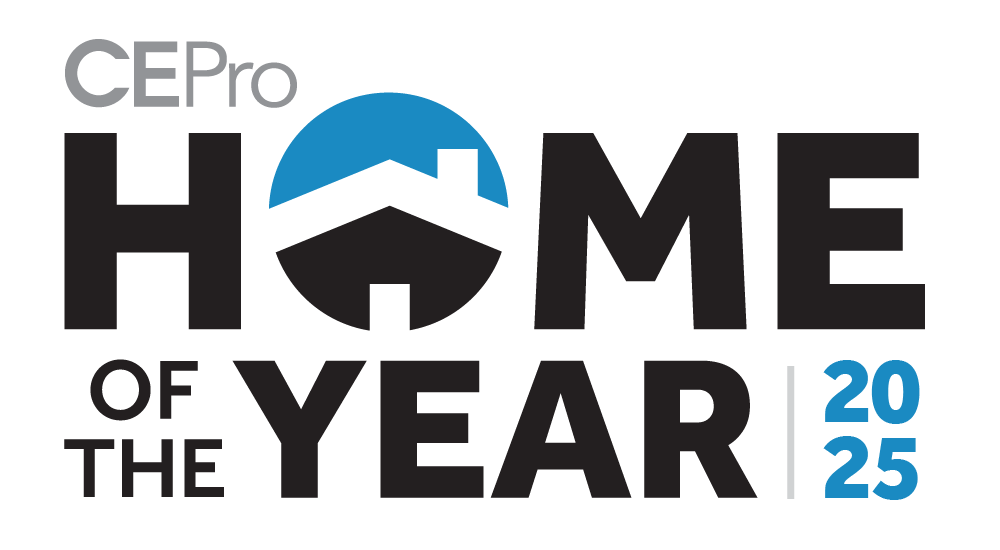KEF has been one of the few audiophile manufacturers that has been able to adapt to the modern world of home entertainment. Nothing underscores how the company has been able to adapt more than the subject of today’s review: the KEF LSX II wireless speakers and its Kube series of subwoofers.
The LSX II are the latest generation of compact wireless loudspeakers from the company and like other KEF products, the speakers incorporate KEF’s proprietary Uni-Q driver array. The speakers can be used as an upgrade over traditional wireless speakers, and they can be utilized as part of a whole-house audio system.
KEF’s versatile Kube line of subwoofers can be used for immersive audio, surround sound or to augment a stereo system. The line offers a choice of models to provide several sizes to configure a range of systems.
Trying the LSX II speakers out for myself, I setup a pair, along with the largest subwoofer in the Kube series, the Kube 15 MIE in my dining room.
CE Pro and Cons
Pros:
- The LSX II speakers are well engineered to produce a deep and wide image with lots of detail and air.
- Using the companion KEF Connect App, dealers can choose from the company’s line of subwoofers to create a seamlessly integrated subwoofer match. In this case it was the Kube 15 MIE.
- The LSX II’s small footprint and stunning industrial design will complement a variety of home spaces without taking up much room.
Cons:
- The LSX II speakers come with a companion remote that users will want to keep near the speakers to power up the speakers for each listening session.
- In my home the Kube 15 MIE was physically huge—it took up a lot of space.
KEF LSX II & Kube 15 Features
LSX II
The active, small footprint loudspeakers are available in a choice of four finishes: blue, black, white, and Soundwave by Terrence Conran, which I would consider a shade of light brown or tan. Internally, the LSX II through KEF’s Uni-Q driver array includes a ¾-inch aluminum dome tweeter placed in the center of a 4.5-inch aluminum-alloy midrange driver. The low-frequency driver is driven by an internal Class-D, 70-watt amplifier, while a 30-watt internal Class-D amplifier drives the tweeter.
KEF specifies the LSX II speaker to produce a frequency response of 54Hz to 28kHz +/- 3dB.
The master or primary KEF speaker includes several inputs such as HDMI with ARC, Toslink optical, USB-C, 3.5mm analog, as well as a RJ-45 network connection. Supporting the use of a subwoofer, the speaker also provides an RCA subwoofer output.
Elaborating on the capabilities of these inputs, KEF says the network connection supports high-resolution audio up to 24-bit/384kHz, the optical input supports 24-bit/96kHz high-res audio, and the USB-C input supports 24-bit/192kHz audio.
Wirelessly, the LSX II provides Apple AirPlay 2, Bluetooth, Google Chromecast, and to support whole-house audio applications, the speaker is Roon Ready certified.
Providing a convenient way to control and customize the speaker, KEF backs the LSX II with its KEF Connect App. The app provides access to customizable equalization options, source selection and access to streaming services such as Spotify Connect, TIDAL Connect, Amazon Music, Qobuz, Deezer and more.
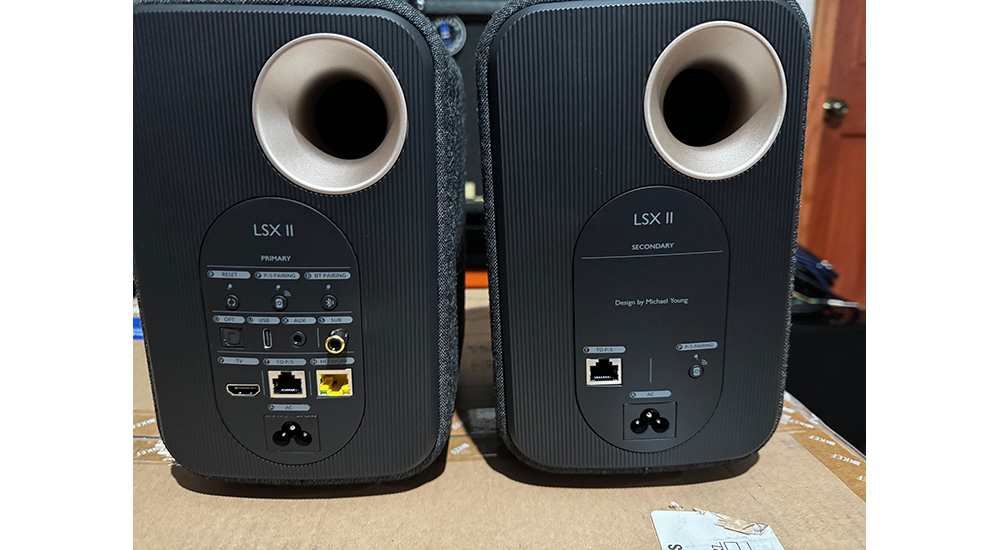
The rear panel of the primary KEF LSX II speaker provides a hosts of connectivity options. (photo credit: Bob Archer CE Pro)
In addition to its wired Ethernet connectivity, the speaker also provides 802.11a/b/g/n/ac Wi-Fi connectivity.
Kube 15
KEF’s Kube 15 MIE is a 15-inch subwoofer powered by a Class-D, 300-watt RMS amplifier. The subwoofer offers a choice of LFE and speaker level inputs, along with KEF’s SmartConnect connection, and a three-position EQ switch that offers a choice of in-room, corner or cabinet settings. Additionally, the sub provides an always-on option or a 12-volt trigger setting.
KEF specifies the Kube 15 MIE to produce low frequencies down to 20Hz and a maximum SPL (sound pressure level) as high as 116dB.
Additional Features
- LSX II
- LSX II speakers carry an MSRP of $1,299.99 per pair
- ¾-inch tweeter and 4.5-inch midrange driver set in proprietary Uni-Q array
- A 70-watt Class-D amp powers the midrange driver; a 30-watt Class-D amp powers the tweeter
- The speakers are Roon-Ready certified for whole-house audio
- Connections include AirPlay 2, Chromecast, HDMI, and USB-C
- Kube 15
- The Kube 15 MIE carries a retail price of $1,399.99
- Internally, the sub features a 15-inch woofer and 300-watt RMS amp
- KEF includes a choice of connections with the Kube 15 and EQ options
Setup and Installation
Getting going with the LSX II speakers and Kube 15 subwoofer was easy. After unpacking the speakers, I downloaded the KEF Connect App. Once I had plugged the speakers in, I opened the app to finish the setup.
The first thing the app said I needed to do was to run a firmware update. Finishing the update, I was able to go into the app and settings such as EQ. The EQ covers parameters such as room materials, but I wish the figures for the EQ settings were available in feet and inches rather than metric measurements.
After living with just the LSX II speakers over the course of a couple of weeks I added the subwoofer. Once again, I started the integration of the sub off by grabbing my iPhone and opening the KEF Connect App.
The setup like the speakers were simple, the only difficulty I really had was carrying the large, 15-inch Kube 15 MIE up my stairs.
To add the sub to the system I ran an RCA cable from the subwoofer output on the master LSX II speaker to the left RCA input labeled, “LFE.” To the immediate right of the LFE input is KEF’s “Smart Connect” input. I then set the volume to about 9 o’clock, the EQ switch to “in-room,” phase to “0,” and signal sensing to “auto.” Getting back to the Smart Connect option, this input is said to optimize the LFE signal so integrators don’t have to use Y-connections, the input once it senses a connection, will adjust the signal accordingly.
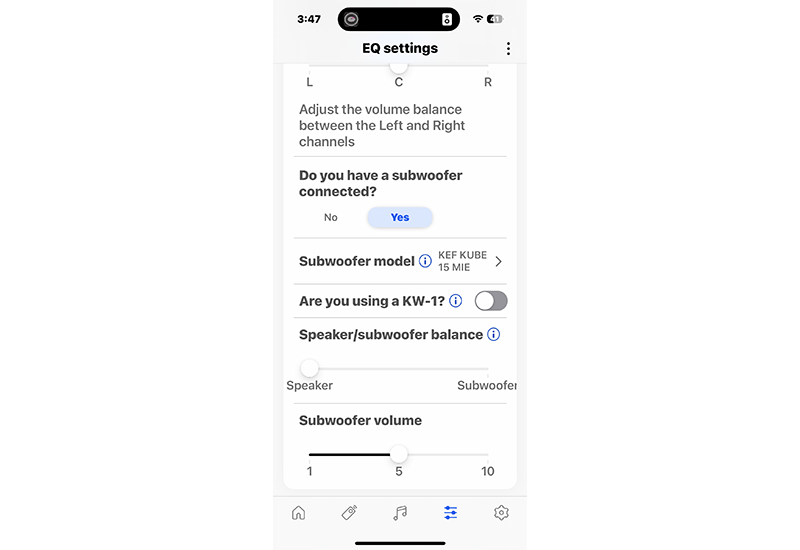
The KEF Connect App provides a host of options to help dealers integrate the speakers into a variety of home environments. (photo credit: Bob Archer CE Pro)
I finished the integration of the sub by choosing the Kube 15 MIE from a dropdown menu within the app. Once a subwoofer is chosen, the app will then automatically tailor the sub to work with the LSX II speakers to create a seamless listening experience.
Performance
Even though the LSX II and Kube 15 MIE products are completely modern products, they deliver a completely old-school listening experience.
To be more specific what I mean is that like in the heyday of the audio hobby people would engage in communal listening sessions sharing their favorite music with one another. Over the past couple decades … since the iPod realistically and the explosion of headphone products communal listening has declined, but the LSX II and Kube 15 reinvigorated communal listening in my house.
My primary means of listening with the KEF system was with Apple AirPlay 2. It’s a much better format than Bluetooth in my opinion and it just as easy to use. Our communal listening would usually start with me picking a song or playlist and my family commenting on how good the system sounded. We would then pass my phone around so we could all play our music choices and comment on just how much fun the KEF gear was in a completely non-audiophile environment.
Underscoring on just how un-audiophile the room and setup was, we had the LSX II speakers setup in opposing corners of the square room—not along the same wall—but setup in a manner to put my dining room table in between the speakers. I’m guessing this configuration would make experts such as Gerry Lemay and Anthony Grimani demand that I turn in my audiophile card, but I think this supports my conclusion the KEF components are audiophile speakers for non-audiophile applications.
Listening to everything from classic rock icons such as Fleetwood Mac, AC/DC, Van Halen, David Bowie, The Buggles and Robert Plant, to new artists such as Lorde, Chappell Roan and Colter Wall, the speakers’ accuracy and resolution stood out. The addition of the subwoofer provided more girth and warmth and the integration through the handy app options was completely seamless with the LSX II speakers.
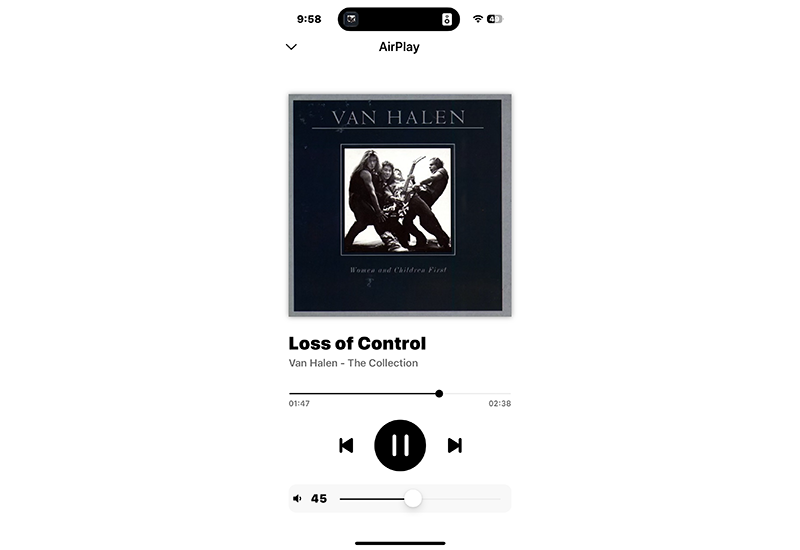
Wireless connectivity using Apple AirPlay 2 was flawless and fun using the LSX II speakers. (photo credit: Bob Archer CE Pro)
Highlights of the LSX II and Kube 15 combination were the spaciness within the image, instruments had air and dimension, and through the sub, the lower end was well defined. Kick drums could be heard along bass lines. Voices, guitars and keyboard/piano also had distinct placement within the image.
I’ll add the soundstage even with my unconventional setup was still wide enough to wash my seating area in stereo sound.
Final Thoughts on the KEF LSX II Speakers and Kube 15 Subwoofer
Taking a different perspective on the KEF products, critics may say that approximately $2,700 is a lot of money to spend for a modern audio system given the cost of today’s smart speakers. I would argue that point by saying that traditionally, someone would have to invest in amplification, source components, cabling and possibly physical media. The KEF LSX II and Kube series subwoofers eliminate all that complexity and cost by offering homeowners a high-performance package that combines elegant looks and an ease of use through KEF’s companion Connect App.
I highly recommend checking out the KEF LSX II speakers and Kube series subwoofers. I’m sure you’ll find the same joy in listening to the speakers as I did.
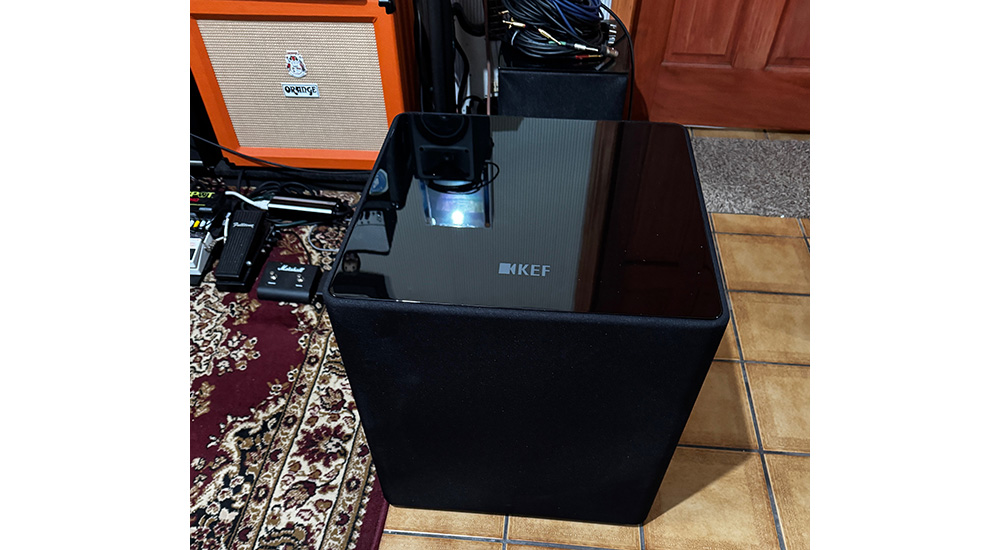
The largest of the Kube series subwoofers from KEF is the Kube 15. (photo credit: Bob Archer CE Pro)
Keep Reading:
Check out our Meridian Ellipse review while you’re here
Or perhaps our Arc Ultra and Sub 4 thoughts
Plus 19 of our favorite active speakers that cover everything from monitors to soundbars
